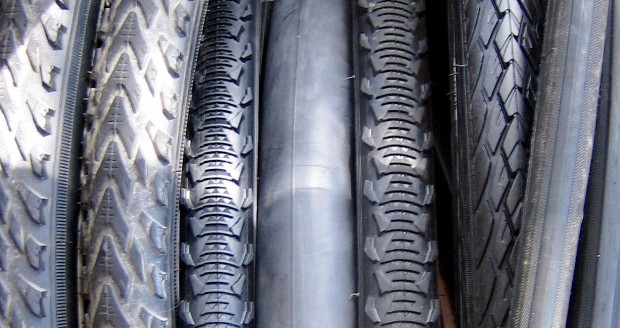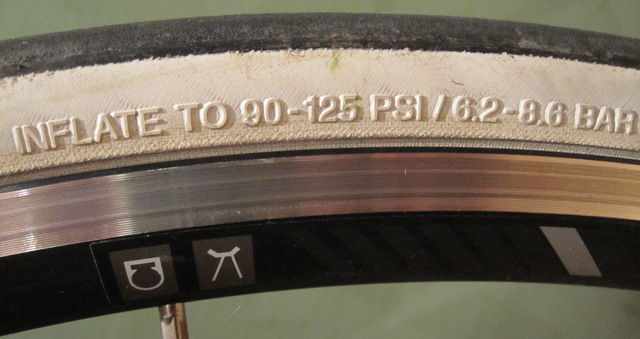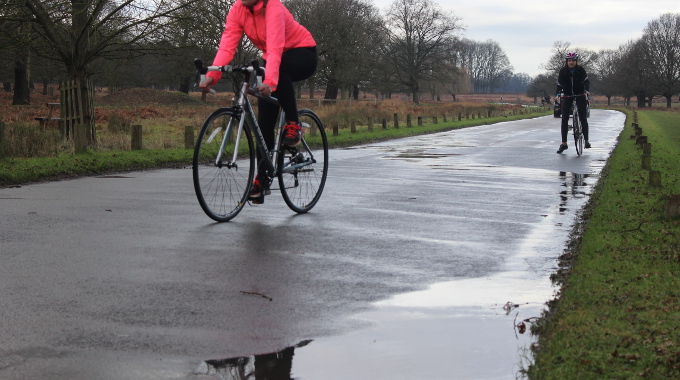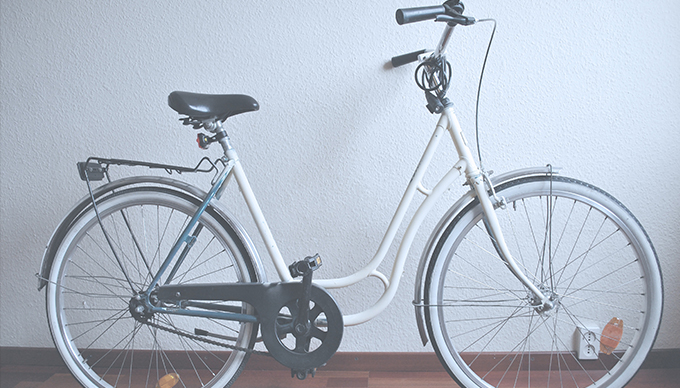If the primary role your bike plays in life is getting you from A to B, it can be incredibly tempting to buy it and leave it exactly as it is. Upgrades are often considered a luxury reserved for those who use their bikes for sport – but that’s just not the case.
The rubber encasing your wheels connects you to the road – it’s the contact point keeping you rolling, and upright. And if you ever feel at risk of losing that grip, then it follows that a change to the tyres could make all the difference.
What makes a good commuting tyre?

William Selman via Flickr
Tyres differ greatly depending upon the sort of ride and rider they’re designed for – and generally where you make changes to one key element, it has a knock on effect on another.
Before we look at how you can make your commuting tyres more appropriate – here’s what you actually need to look for in a commuting tyre…
Puncture resistance
A good commuting tyre will generally place a greater level of importance on puncture resistance. This often means adding extra layers – often in the form of a Vectran or Kevlar breaker belt – which act as a barrier to foreign objects that could puncture the tube.
6 Reasons you Keep Getting Punctures
The added materials will make the rubber thicker, and less supple – adding to rolling resistance, which ultimately makes them slower. Most commuters would favour a couple of seconds added to their journey time through thicker rubber than ten minutes of puncture fixing time, but racers would disagree – hence the varied options.
TPI
TPI stands for ‘threads per inch’. A high TPI means that lots of fibres are woven together, making for a soft and supple ride, but an increased risk of something sharp getting in. A low TPI is tougher and harder, but offers fewer opportunities for puncture instigating shards. Winter or commuting tyres often have a TPI of sub 100, though some brands can offer a higher TPI with extra protection through more effective breaker belts.
Compound
Though it can be tempting to believe that grip comes from lots of elaborate grooves cut into the surface of the tyre, the truth is that pretty patterns aren’t all that effective. Actual nobbles that you’d see on a mountain bike or cyclocross tyre are different – but we’ll come to that later. When considering grippyness, you need to be looking at the level of the tyre compound.
Softer compounds roll smoothly and depress easily against objects on the road – making them more grippy (and faster). However, they’re less hardy and puncture more easily. A harder compound will be more sturdy and resilient – but won’t offer quite the same level of grip. This is one of the areas where commuters will have to compromise, and decide what is most important to them.



